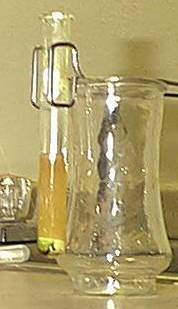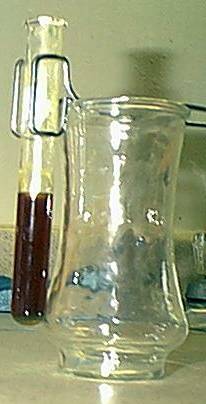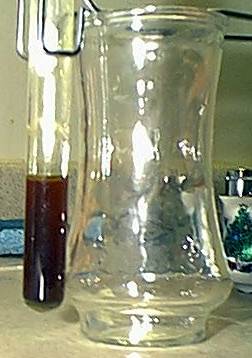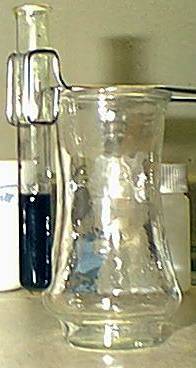Best test would be to have those two solutions separate, i.e. *filtered* NaSx and [Al(OH)4]-, the former yellow/red/brown and the latter clear. Then, if you mix the two, and still get the green colour, I should not think that it is related to transition metals.
Well, I am off for holidays soon, and then I get the chance to test this...with chemically pure Al




 )
)




 )
)